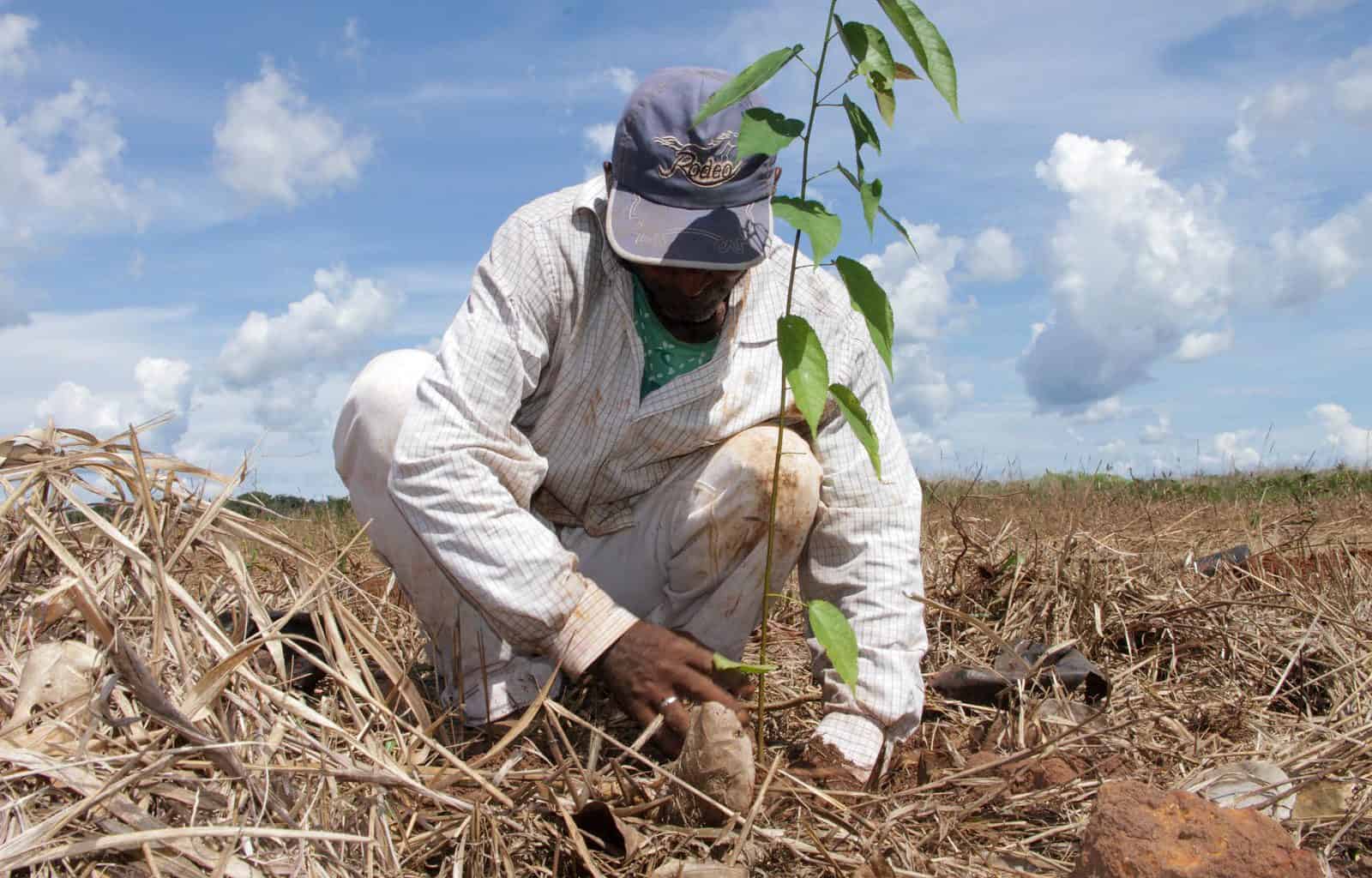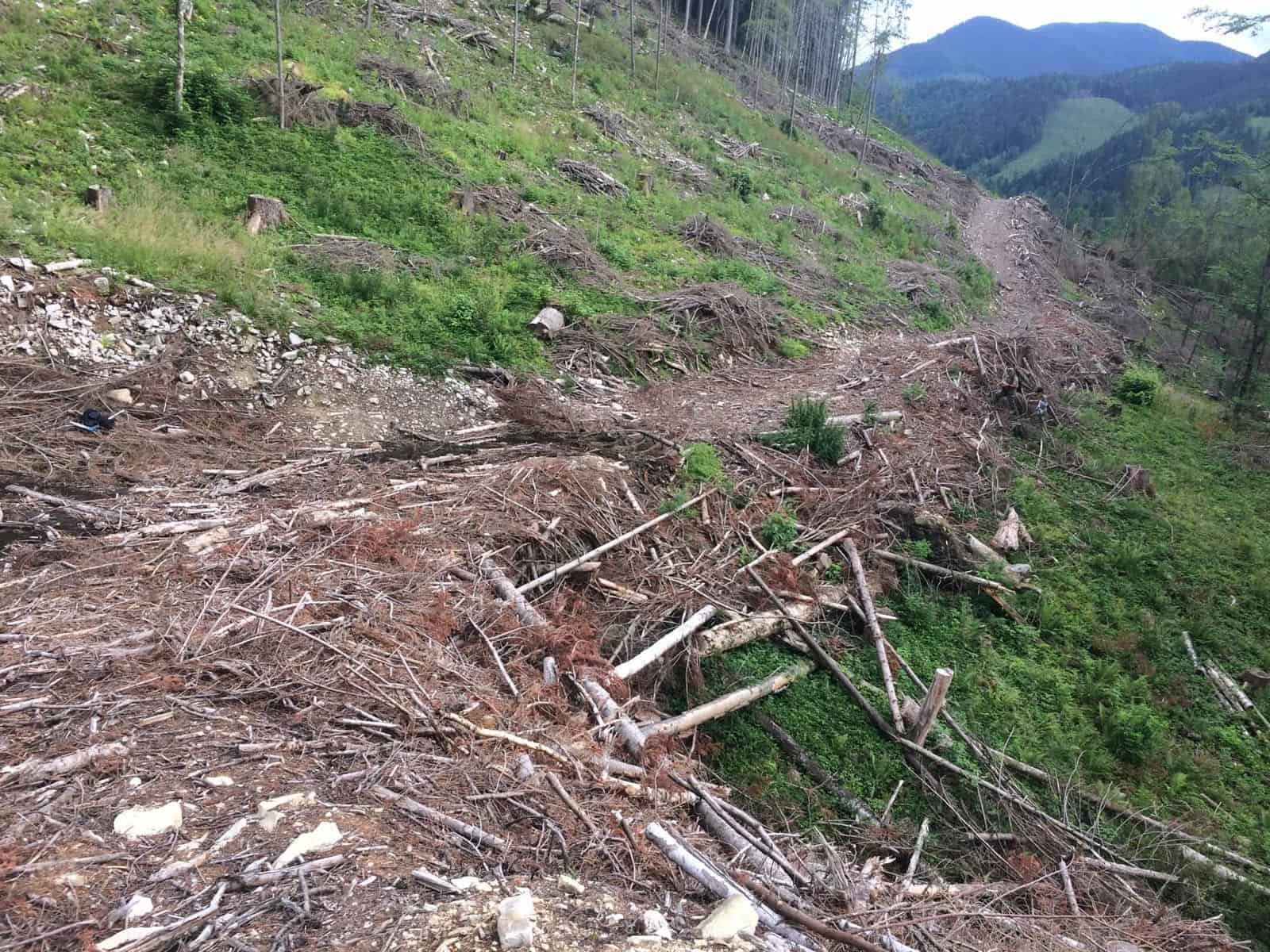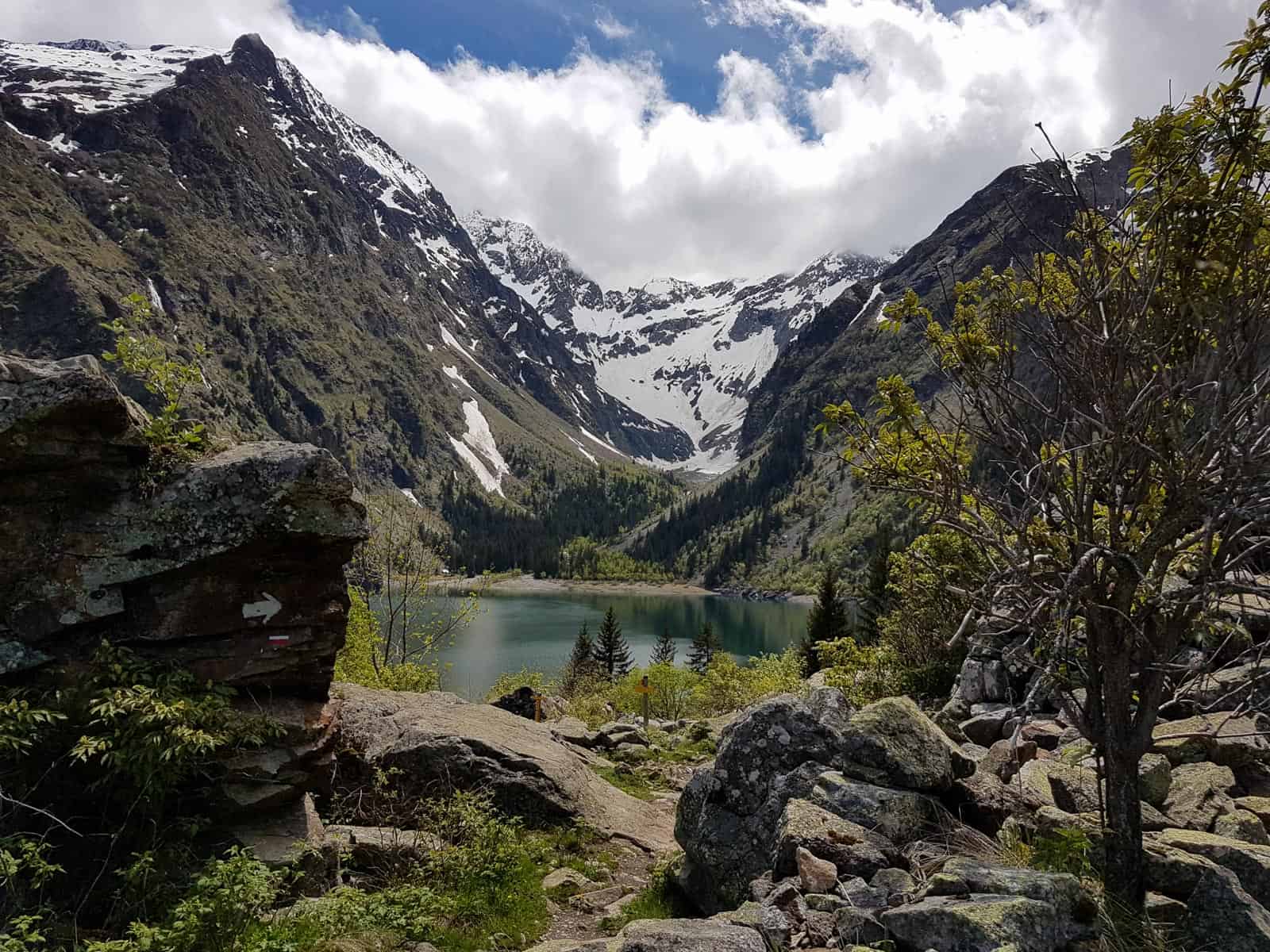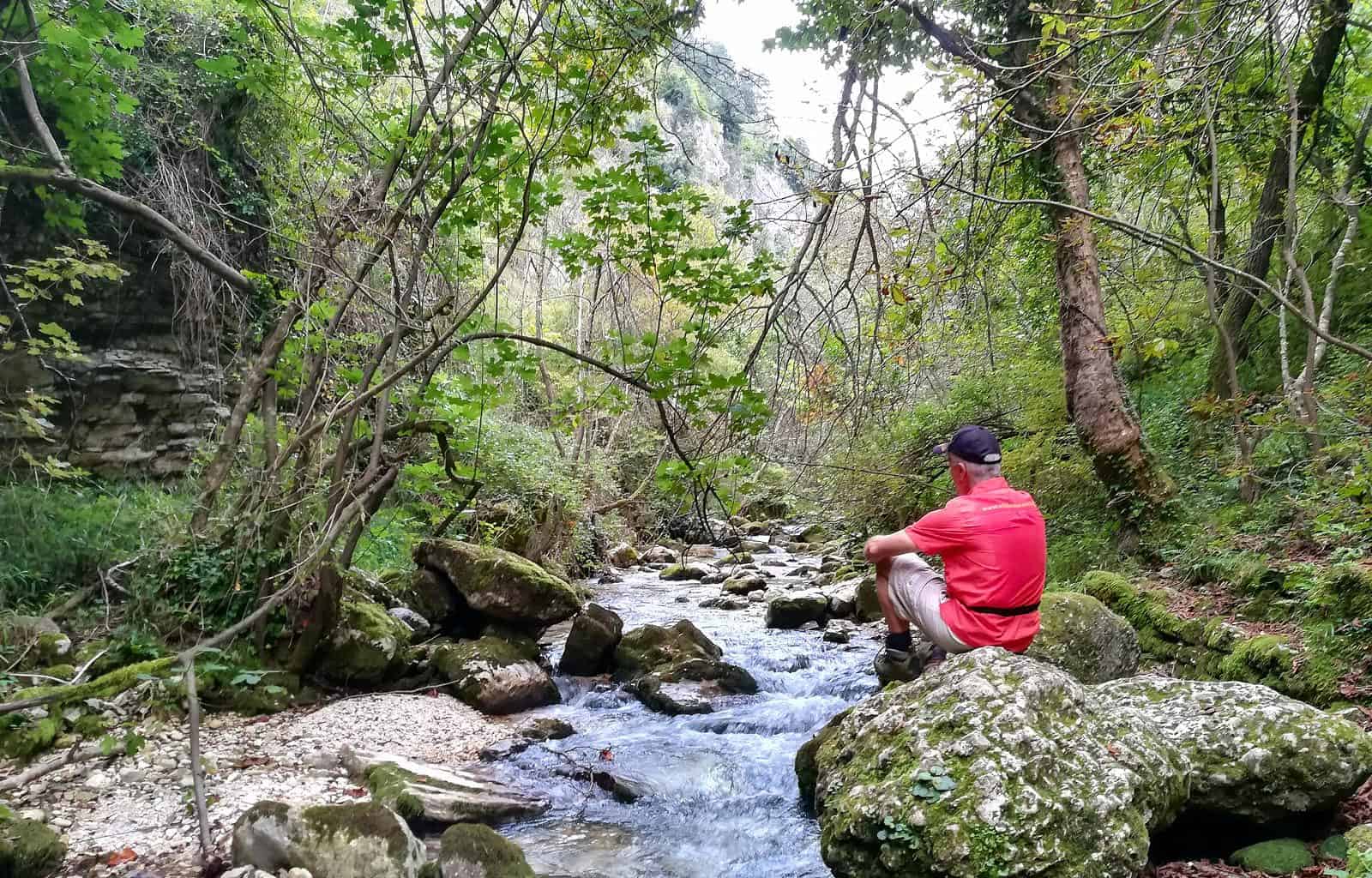Pipeline expansion in Canada threatens Wilderness and First Nations
Canada is moving forward with its expansion of the Trans Mountain Pipeline, which crosses both Alberta and British Columbia for a length of over 1 000 km. The subsequent development and the risk of oil spills endanger Wilderness and people’s livelihoods across these two provinces, including the environment of Jasper National Park.
The expanded Trans Mountain Pipeline will carry three times as much oil from the Alberta tar sands to the Pacific. And, it will use ports in the ecologically precious Salish Sea for shipping and export. The pipeline has been in operation since the 1950s and has a track record of spills. Its expansion is also becoming increasingly controversial as climate crisis discussions intensify. Beyond sustaining a reliance on fossil fuels, this expansion crosses vast Wilderness areas. And in between these expanses, it will cross communities both large and small. The line will threaten over a thousand waterways along its course, some of which are home to struggling salmon runs. And, its terminus, the Salish Sea, is the home of a vulnerable sub-population of orcas, as well as the feeding grounds for wild salmon and other anadromous fish.
First Nation land
Despite the label of Wilderness, this land is nevertheless the present ancestral home of many First Peoples. The pipeline poses many threats to these First Nation communities. Beyond the threat of spill, there are concerns over property and economic damage from the construction and maintenance of the line. For many of the more isolated communities, this could mean the destruction of their food or water supply. Additionally, subsistence fishing and hunting are more than just livelihoods for many native communities. They can also represent ancient traditions integral to many communities’ identity – the pipeline puts both at risk. The cultural risk can also be quite tangible. Aljazeera’s survey of the issue mentions one of a number of sacred sites the pipeline endangers.

Still, many First Nation groups have signed Mutual Benefit Agreements with Trans Mountain supporting the expansion, such as that which the Tk’emlúps te Secwépemc Nation signed three years ago. Whether or not to sign an agreement with Trans Mountain is a complicated dilemma for many First Nation communities. Furthermore, many First Nation communities’ interest in the pipeline extends beyond their presently recognized territories.
Property issues with the pipeline
The rest of the land the pipeline crosses, private or Crown, is but the annexed home of the First Peoples. The lingering and sensitive Native property rights issues are suffering primarily from a lack of recognition. The fight to protect native history is a human rights issue. This fight has resulted in ongoing legal inquires looking into the “confusion” over property rights, inquiries which in the past have stymied the construction of similar pipelines (see the Berger Inquiry).
The pipeline expansion is for many First Peoples yet another action that fails to fully consider native land and culture. For example, part of the pipeline’s approval process is a consultation phase that has been criticized as being rushed and half-hearted. In 2018, courts allowed a reversal of an approval of the expansion after they found that one consultation process failed in its duties. And generally, First Nation-led litigation is slowing the construction process, forcing appellate courts to look with more scrutiny at the approved pipeline.
Support nationally divided
Beyond native communities, support for the pipeline varies across its length. 85% of Albertans support the expansion, for example. But, that ratio generally diminishes the further westward the pipeline travels. Despite the government’s estimate that the expanded pipeline will begin operation by mid-2022, as of September, one-third of landowners along the pipeline’s route have yet to permit the expansion on their property. And, nationally, Canadians feel quite divided, with strong support also found for renewable energy investment, which at the moment sits at 17% compared to other sources.
See Canada’s Changing Climate Report to learn how Canada will be affected by climate change in the coming years.
Pipeline threatens Wilderness
The pipeline crosses land that is important to First Nations, Canadians, and humanity as a spectacular expanse of natural heritage. The most famous protected area the pipeline crosses is Jasper National Park, a UNESCO World Heritage Site and an incredible Wilderness area of some 11 000 square kilometers. However, wilderness and protected areas abound along the route. To expand the pipeline, land would have to be removed from three provincial parks.
Any threat or reduction in size of the world’s endangered Wilderness is of deep concern. But, with the Trans Mountain pipeline, we would pay for its costs twice. We would destroy Wilderness and homes while we continue to contribute to the climate crisis.









